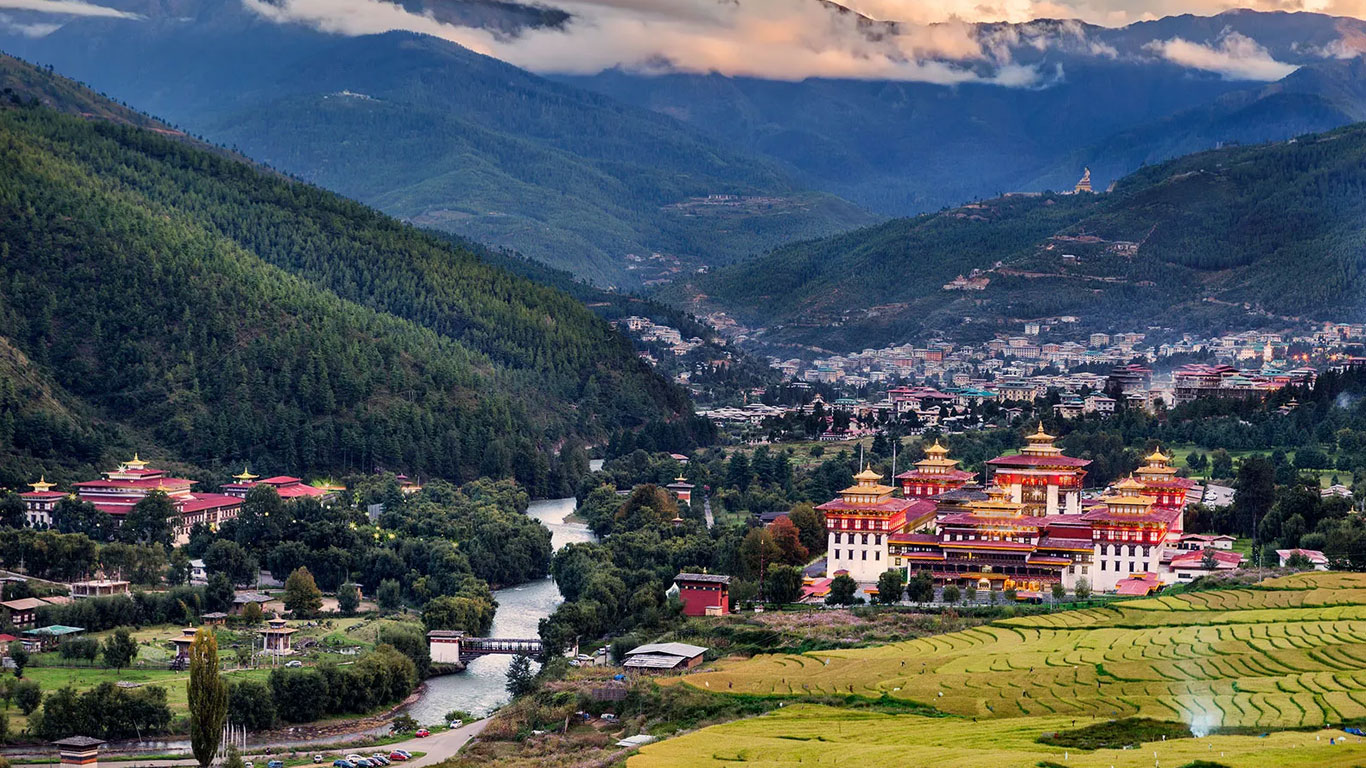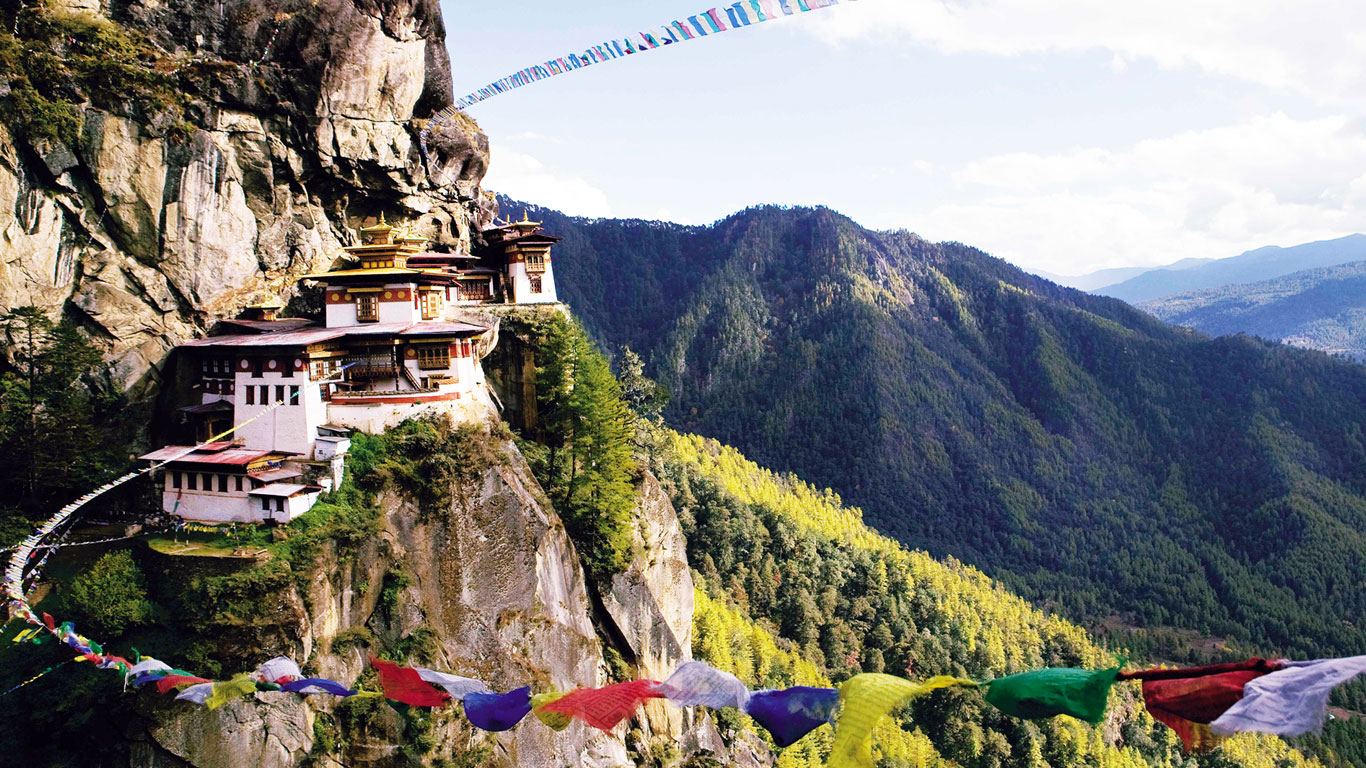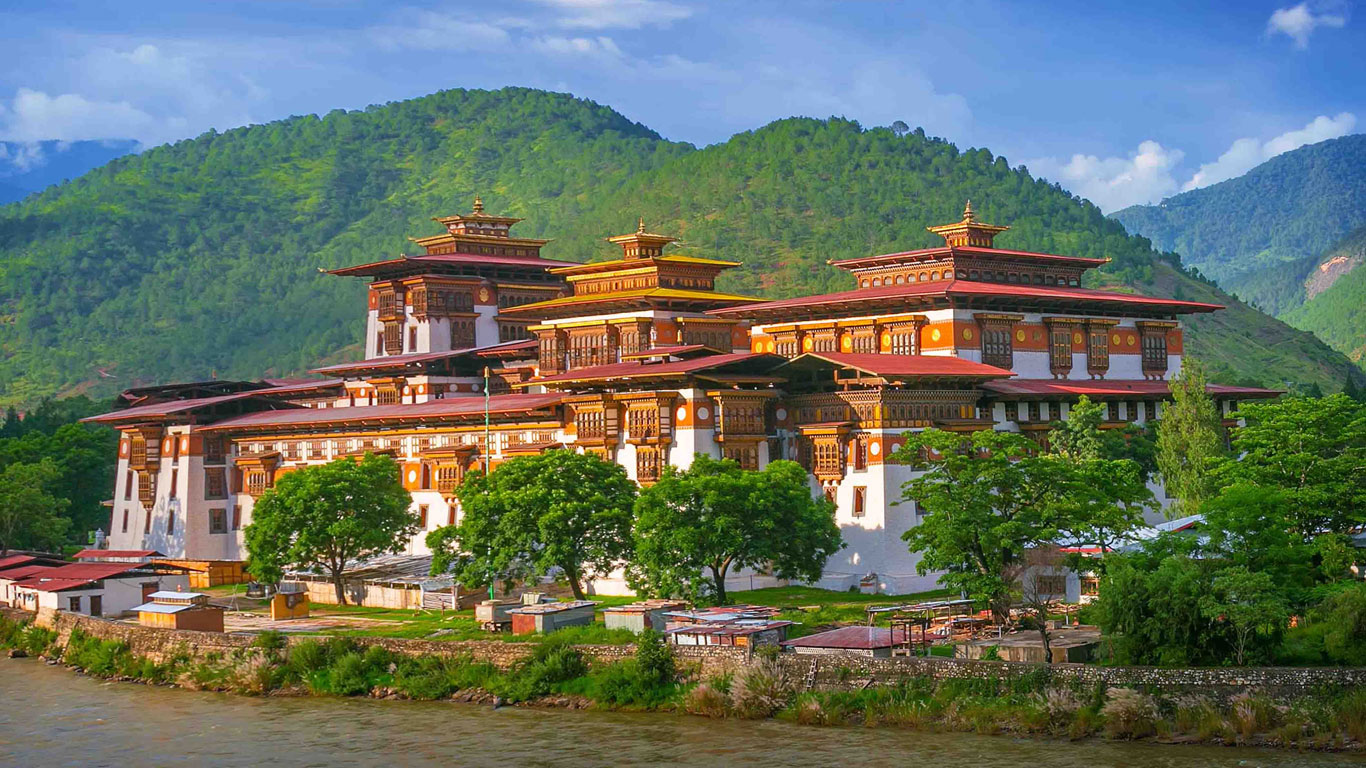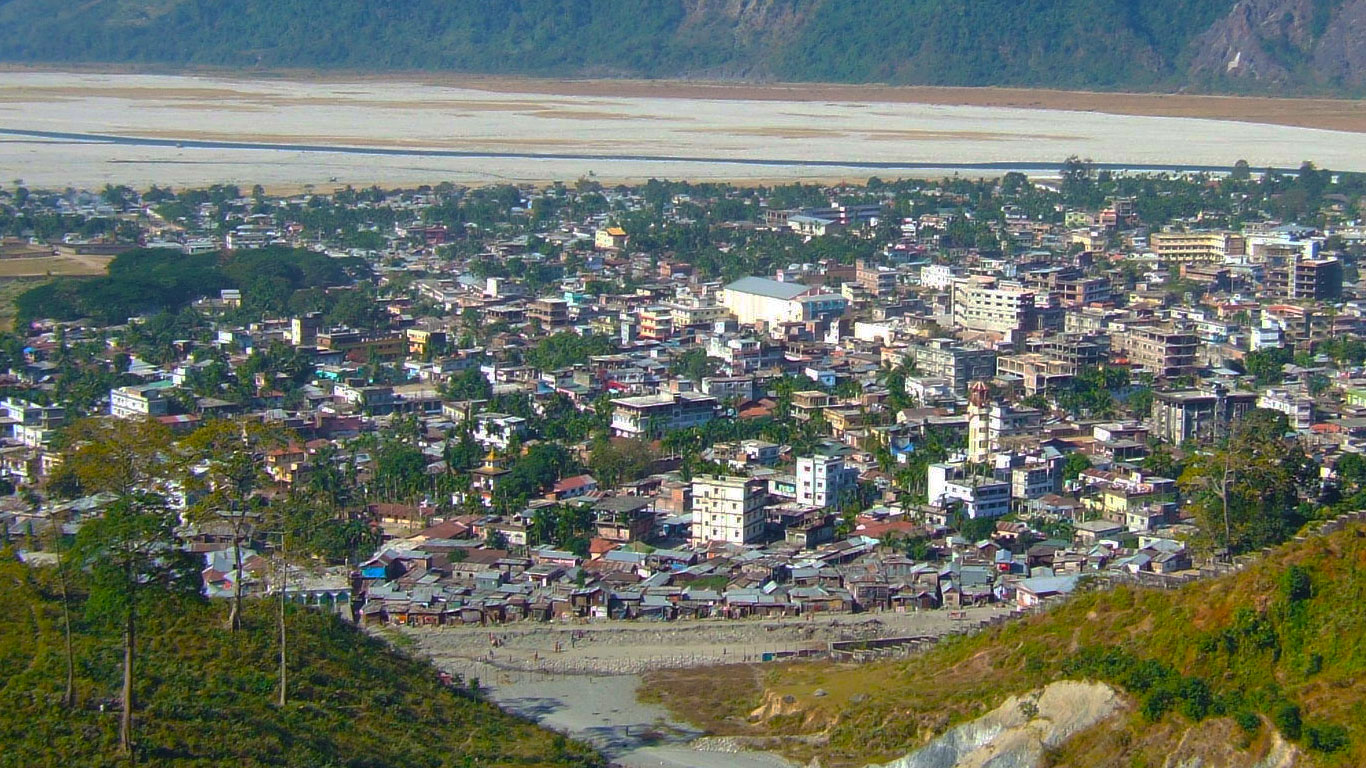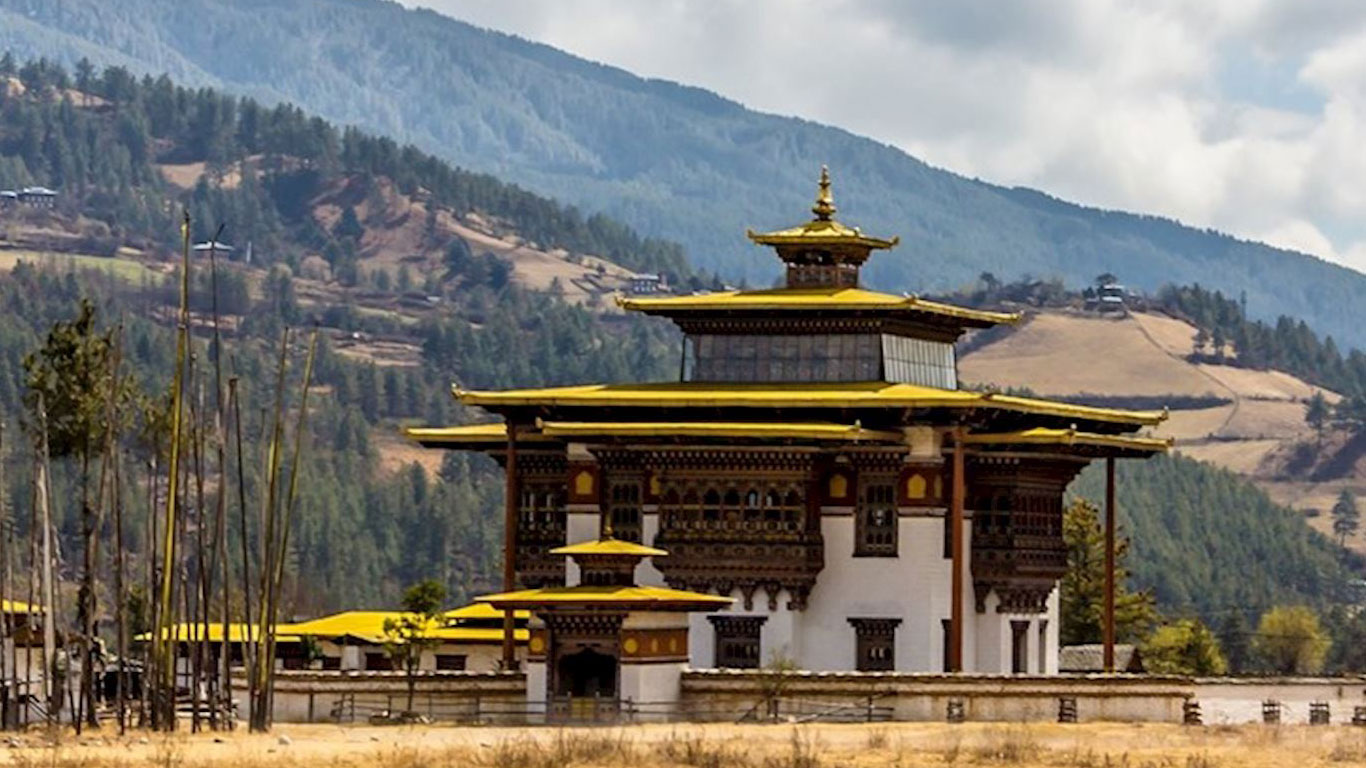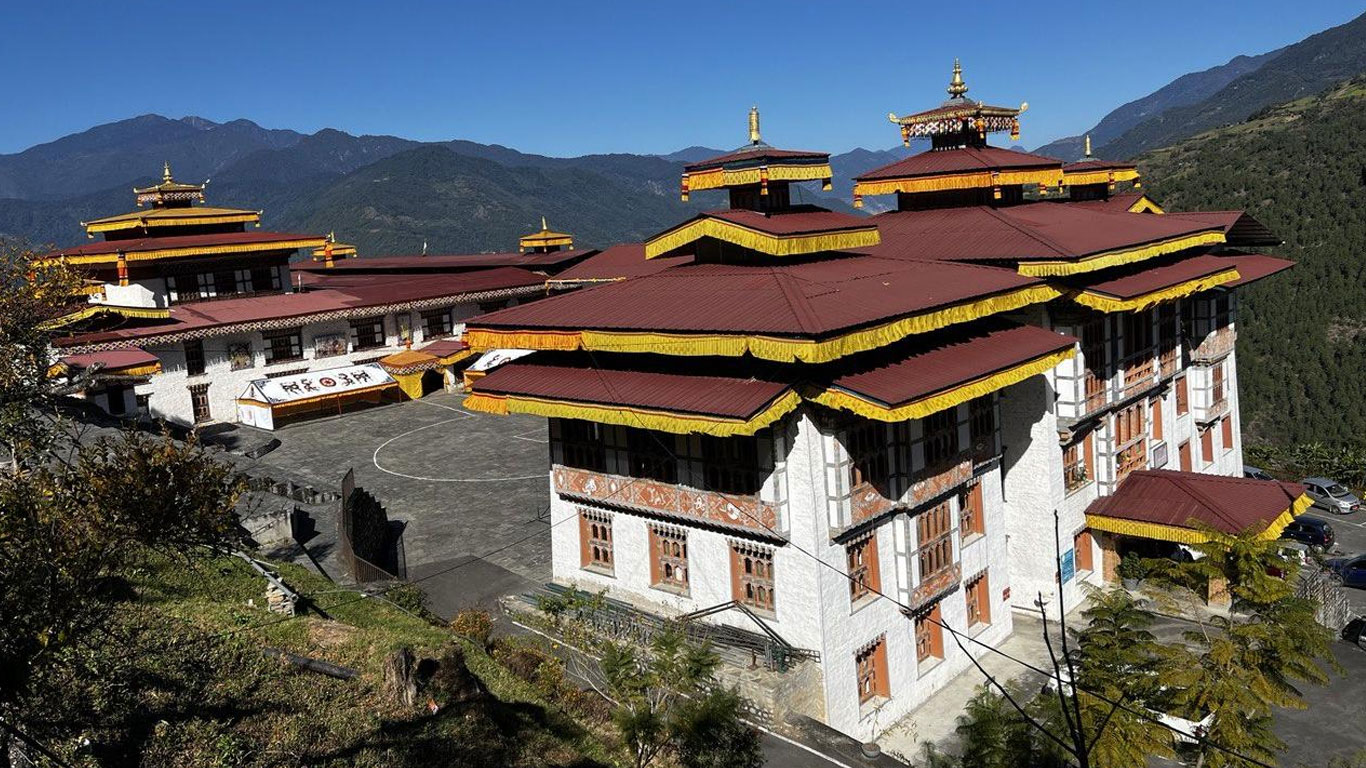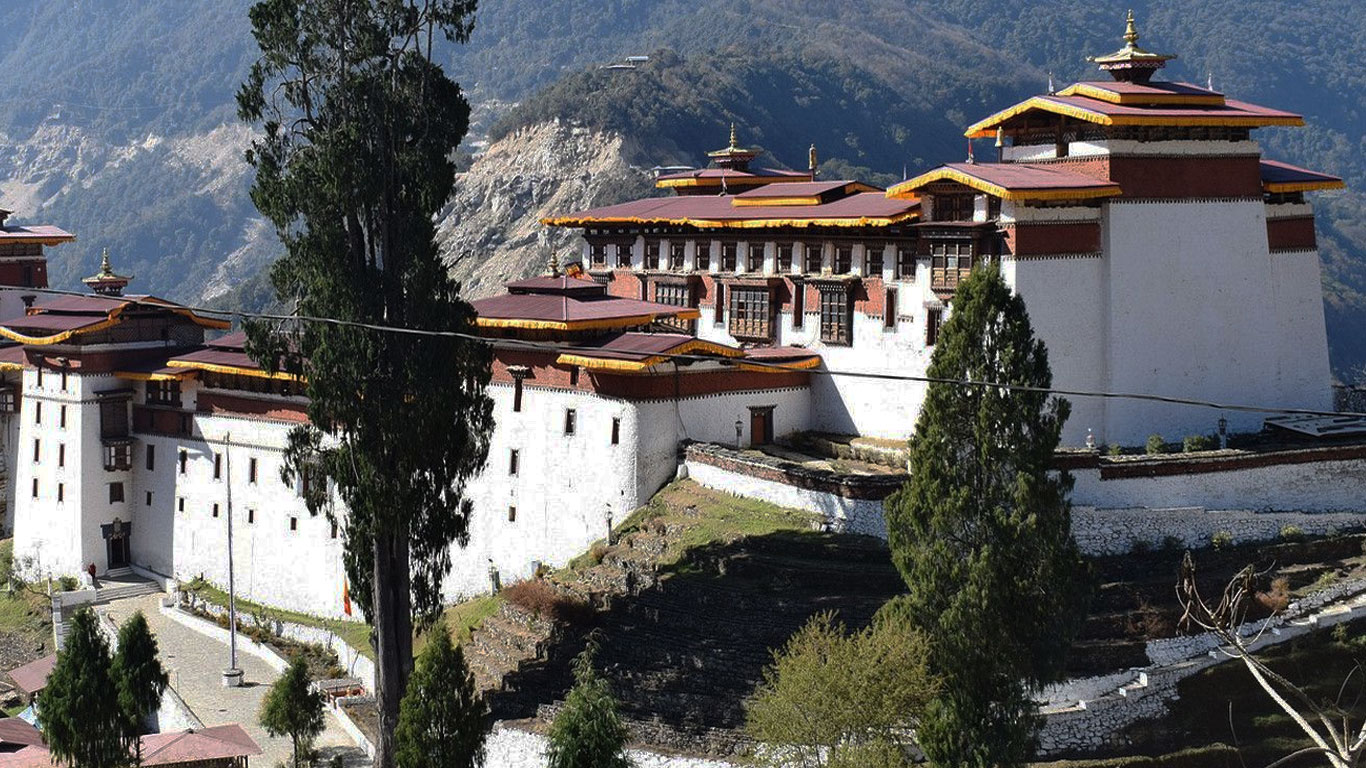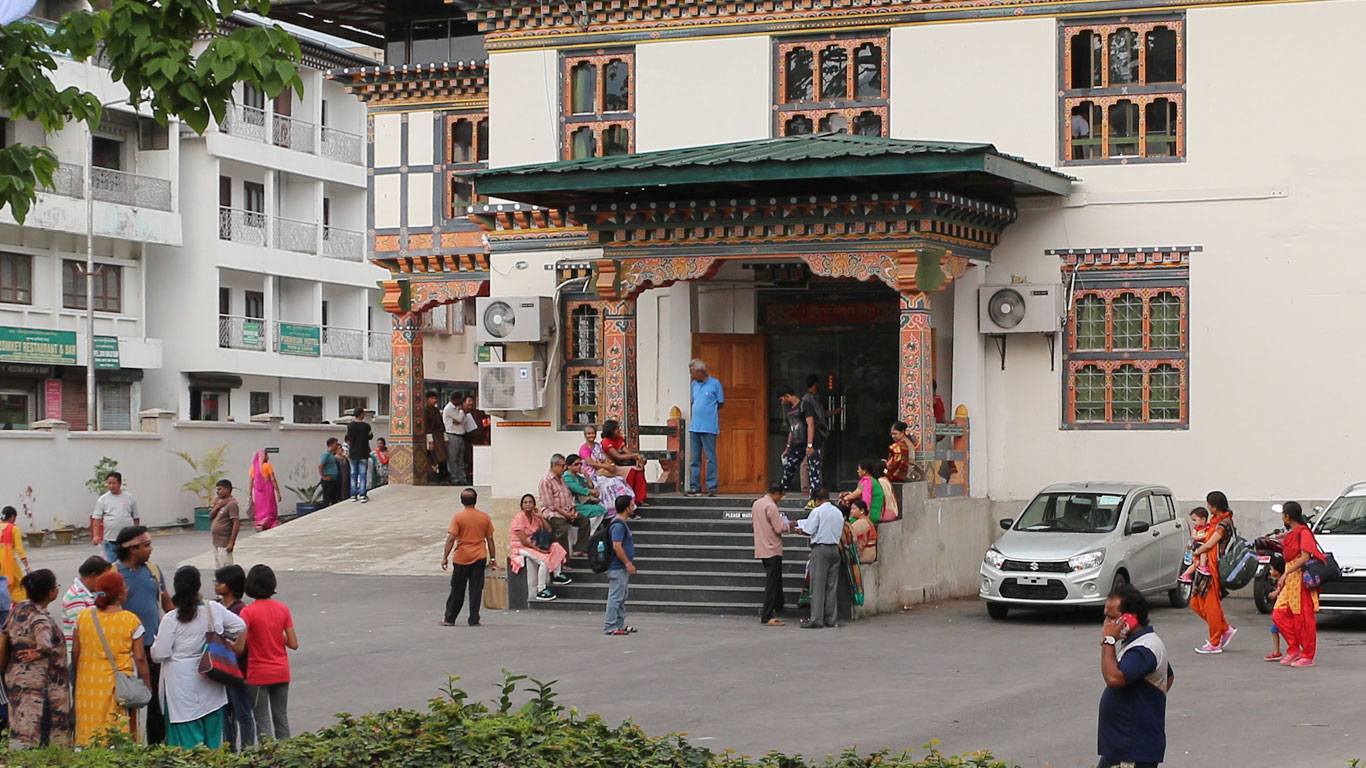Bhutan
If ever there is a place that can take the cliche out of Sangrilla, then that place is Bhutan. The land of the thunder dragon does justice to the legend of that wonderland, hidden far and away from the prying eyes and humdrum ways of the modern world. It is still as much about magic and mystery, simplicity and tranquillity; and about a way of life that has escaped the clutches of time.
Bhutan Tourism
Tourism in Bhutan is just about half a century old. The country was opened to international travellers in 1974 and tourist arrival was limited during the initial days. The government has been promoting a high-value low number of tourists to minimize the impact of the tourists on the local environment and culture. Till 1983 when the Paro airport started having regular commercial flights, the annual tourist arrival in Bhutan was just about 1500. Over the year tourism in Bhutan kept growing. Towards the beginning of the new millennium, Bhutan went one step further in modernization, it became one of the last countries in the world to remove the ban on the internet and television, and a few years later, political reforms were introduced in the country. Bhutan Tourism flourished over the next few years and soon the number of tourists swelled to reach 2,50,000 by 2017.
Location
The Buddhist Kingdom of Bhutan lies along the lofty ridges of the eastern Himalayas, bordered by China (Tibet) to the north and northwest, and by the Indian states of Arunachal Pradesh, Assam, West Bengal and Sikkim on the east, south, and west respectively. With an area of 46,500 square km., Bhutan is comparable to Switzerland both in its size and topography.
History
It was the mighty Himalayas which protected Bhutan from the rest of the world and left the Kingdom blissfully untouched through the centuries. The Drukpa Kagyupa school of Mahayana Buddhism provided the essence of rich culture and fascinating history. The Bhutanese people protected this sacred heritage and a unique identity for centuries by choosing to remain shrouded in a jealously guarded isolation.
The history of the Kingdom dates back to the 8th century, with Guru Padmasambhava's legendary flight from Tibet to Bhutan in 747 A.D, on the back of a tigress. The Guru, also considered the second Buddha, arrived in Taktsang (Tiger's Nest), on the cliffs above the valley of Paro, and from there began propagation of the Tantric form of Mahayana Buddhism. In the ensuing centuries, many great masters preached the faith, resulting in the full bloom of Buddhism in the country by the middle ages. Although sectarian at first, the country was eventually unified under the Drukpa Kagyupa sect of Mahayana Buddhism in the early 17th century, by the religious figure, Shabdrung Ngawang Namgyal. The Shabdrung codified a comprehensive system of laws and built dzongs which guarded each valley during unsettled times, and nowadays serve as the religious and administrative centres of their respective regions. In the next two centuries, the nation was once again fragmented into regional fiefdoms with intermittent civil wars.
At the end of the 19th century, the Tongsa Penlop, Ugyen Wangchuck, who then controlled the central and eastern regions, overcame all his rivals and united the nation once again.
He was unanimously accepted as the first hereditary monarch of Bhutan in 1907. Opened for tourism in 1974, after the coronation of the present King, His Majesty Jigme Singye Wangchuck, Bhutan is perhaps the world's most exclusive tourist destination.
People
The Kingdom is sparsely populated, as of 2018 the total population of Bhutan is estimated to be around 8,00,000. Thimphu, the capital of the country, and Phuentsholing, its financial capital are the two largest towns and also home to the most diverse population.
To an outsider, Bhutan may seem to be mono-ethnic. You will find most people wearing the same traditional dress and to an outsider, they may seem to originate from the same stock. But dig deeper and you will find four main ethnic groups constitute Bhutan's population :
The Ngalop – These are people of Tibetan origin who live mostly in the Northern and Western parts of Bhutan. Ngalop people are also referred to as “Bhote”. The Ngalops constitute less than 20% of the population of Bhutan but they dominate the political and social life here. “Dzongkha” the language of the Ngalop people is also the official language of Bhutan. The official dress of the country known as “Driglam Namzha” also belongs to the Ngalop. The King of Bhutan is also a Ngalop.
The Sharchops – These people have a very different origin. They migrated to Bhutan from the east. They are considered to be the largest ethnic group representing about 30% of the population. The Sharchops have mostly assimilated with the Ngalop culture today. Most Sharchops speak Tshangla, though there are other languages spoken by them also. Sharchops are closely connected with the Monpa who are a major tribe in Western Arunachal Pradesh and across the border in China.
Indigenous and Tribal groups – These are people from a variety of origins, many of them moved here from neighbouring Bengal and Assam. The population of these people is estimated to be about 15% of the total national population.
The Lhotshampas – These are the people of Nepalese origin who are concentrated mostly in the Southern part of Bhutan. There has been major ethnic conflict between the Lhotshampas and the other Bhutanese people in the past but today they all live in peace and harmony.
The inhabitants of Bhutan are gracious, gentle and very hospitable. They are peace-loving and possess a lively sense of humour. Today it is the last bastion of Mahayana Buddhism. The religion which influences every aspect of life here was also the main impetus behind its birth.
The country still retains all the charm of the old world, and travellers experience the full glory of this ancient land as embodied in the monastic fortresses, ancient temples, monasteries and stupas which dot the countryside, prayer flags fluttering above farmhouses and on the hillsides, lush forests, rushing glacial rivers, and - perhaps most important of all - the warm smiles and genuine friendliness of the people. Each moment is special as one discovers a country that its people have chosen to preserve in all its magical purity.
How to Reach Bhutan
If you plan to Travel to Bhutan by flight, the Paro airport is your only choice. This is the only international airport in the country and is connected with Delhi, Kolkata, Bagdogra, and Guwahati in India as well as with Kathmandu (Nepal), Dhaka (Bangladesh) and Bangkok (Thailand) and Singapore. Druk Air and Bhutan Airlines are the only two airlines in Bhutan, and they operate most of the flights within and outside of Bhutan.
Bagdogra Airport, in the neighbouring West Bengal state of India, is also a major airport for people visiting Bhutan. This airport is located about 4 hour's drive from the Bhutan border town of Phuentsholing.
Tourists trying to reach Bhutan by road enter through Phuentsholing. On the Indian side is Jaigaon town in West Bengal. You may first travel to Bagdogra Airport or New Jalpaiguri Rail Station from where the Bhutan entry point Jaigaon / Phuentsholing is about 4 hour's drive. After finishing the documentation here, you can proceed further inside Bhutan. Thimphu or Paro takes about 4 to 5 hours to reach from Phuentsholing.
There is another entry point for Bhutan travel through Samdrupjongkar on the Bhutan Assam border. This is relatively little used by tourists. There is a third border at Gelephu which is also little used by tourists.
Places to visit in Bhutan / Bhutan Tourist Place
Bhutan attracts as many tourists for its mountains as it does for its unique culture and people. The country remained cocooned from the outside world till recently. The Kingdom has also taken several steps to preserve its distinctive culture. As a result, the all-pervasive Western culture is less visible on the roads of Bhutan. People mostly prefer to wear their National dress of Gho for men and Kira for women. It is compulsory to wear this traditional dress in all offices and official programs. The unique buildings, dance forms, cuisine, and sports all go to make your Bhutan experience unparalleled.
Among the places to visit in Bhutan, Thimphu, the capital city is also the most popular. Thimphu is just an hour's drive from its main airport located at Paro. Walking around in the main market of Thimphu near its clock tower is an experience. There are forts, museums, palaces, and other attractions to be seen here. More about Thimphu
Paro with its beautiful valley and the International airport is also a must-visit place for tourists coming to Bhutan. Paro Dzong (fortress) and the Taksang monastery are the most popular tourist attractions here. More about Paro
Punakha is a three-hour drive from Thimphu and is also a trendy tourist destination. The main attraction at Punakha is the fortress known as Punakha Dzong, built at the meeting point of two rivers Pho Chu and Mo Chu. Wangdue Phodrang is a nearby town that can also be visited from Punakha. More about Punakha.
If you have more time you may consider visiting Bumthang, Mongar, Trongsa, Phobjika or even beyond. It is also possible to have a circular tour of Bhutan where you enter through Phuentsholing and come out through Samdrup Jongkhar.
East Himalaya
-
Address:NBTT Travel Solution Private Limited, 19, MN Sarkar Road, Sevoke More Siliguri, State : West Bengal, Country : India. PIN : 734001
-
Call Us at:
+91-9733000592 -
Mail Us:
info@east-himalaya.com

